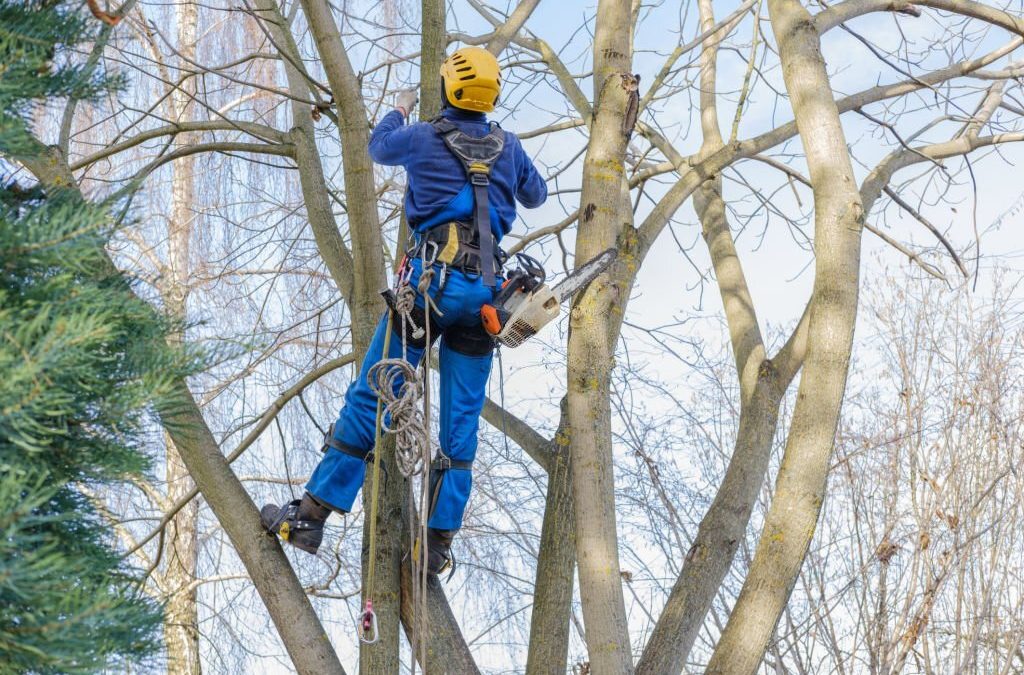Removing a tree is a complex and delicate process that should not be taken lightly. It demands the expertise of an arborist to ensure it’s done safely, with minimal risk of damage to other trees, plants, or property. Before beginning the process, several factors must be taken into consideration. The size and location of the tree are necessary to identify before starting work on it. If the tree is in an area (such as a park or public green space) where regulations may apply, it’s essential to determine whether any approvals will be required to proceed. In some cases, it may even be necessary to contact other agencies, such as utility companies, if their services could be affected by removing the tree.
Once all potential legal considerations have been established, the next step is assessing the tree’s health. An experienced arborist should inspect the tree for any signs of decay or disease, which could affect how safe it can be removed. If substantial damage has occurred and there is concern about possible structural failure during removal, further steps may need to be taken beyond those outlined here. The actual process of removing a tree involves multiple stages depending on its size and condition. However, generally speaking, cutting down larger trees requires establishing a drop zone, a safe area around and below where sections will land, by roping off or cordoning off nearby areas with caution tape and barriers. It helps protect people working on site from falling debris while preventing harm to anyone in close proximity.
Once this is done, strategically placed vertical cuts are made along each trunk section near collar unions (the point where branches meet). Careful placement prevents excessive shock waves and utilizes proper rigging techniques such as chokers or block and tackle systems attached at strategic points along the trunk sections for support and leverage. Finally, all remaining foliage must be safely cleared from surrounding areas. All relevant safety protocols must be followed until completion, ensuring no persons or property are at risk throughout the process.
In conclusion, removing a tree requires specialized knowledge gained through dedicated training and practical experience to efficiently carry out each stage within established safety guidelines so that no harm comes to anything else around it during demolition work – people included. Only properly licensed professionals with an understanding of proper rigging techniques must attempt these types of jobs so they can ensure trees come down without incident every time they take on new projects like these.

